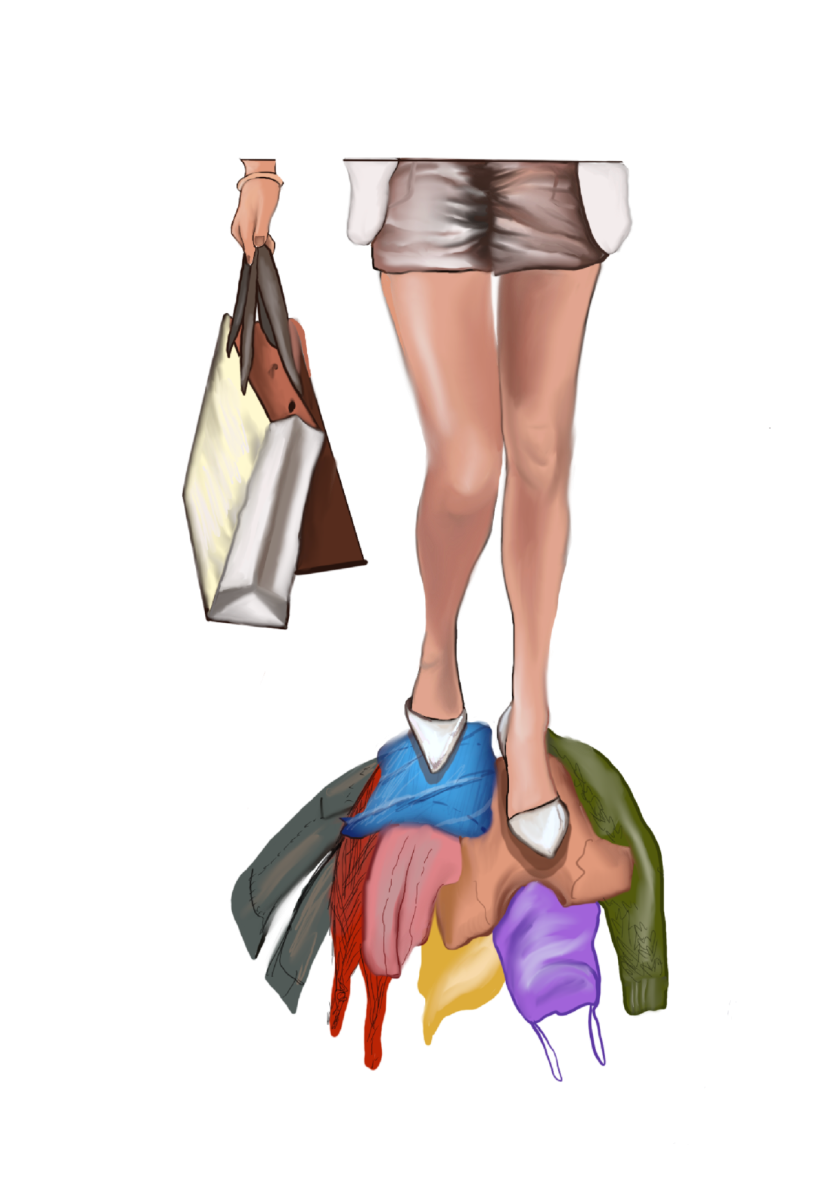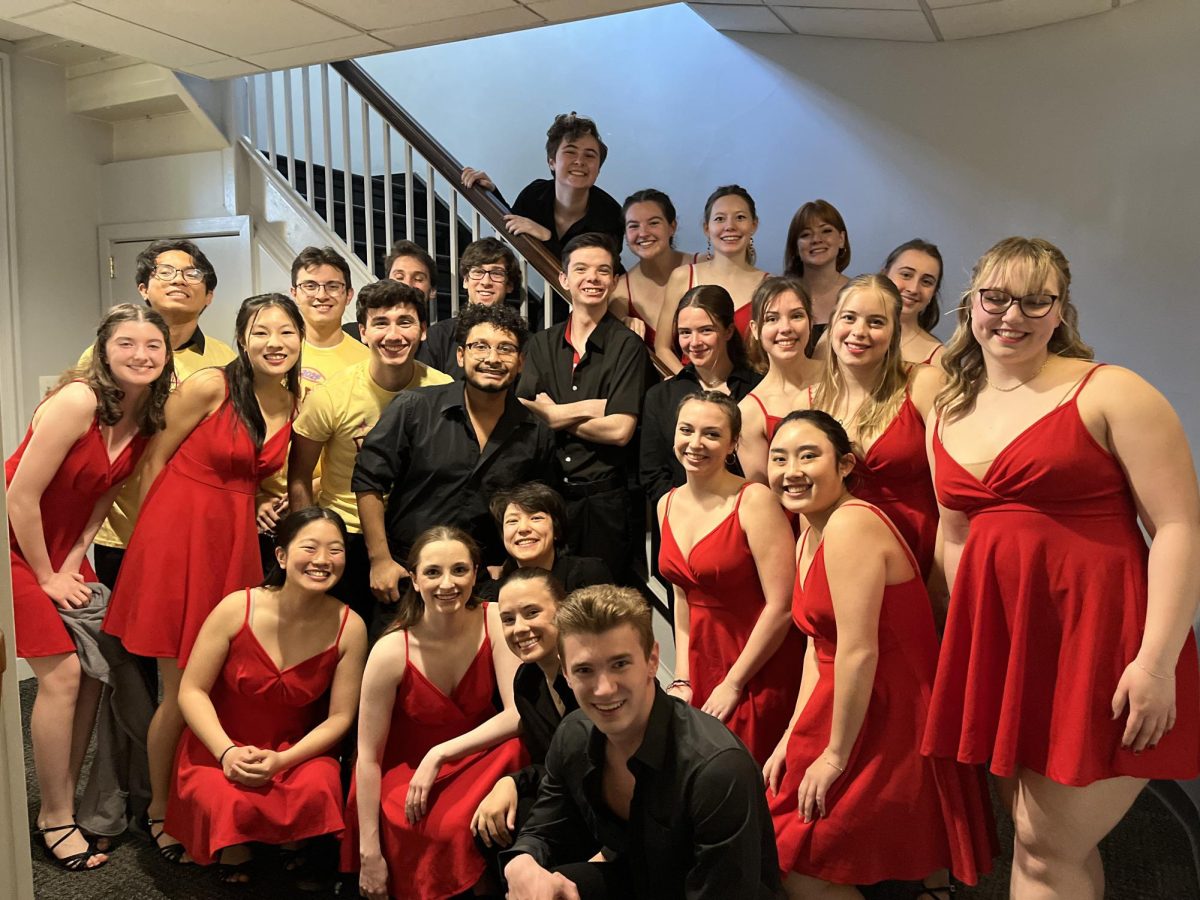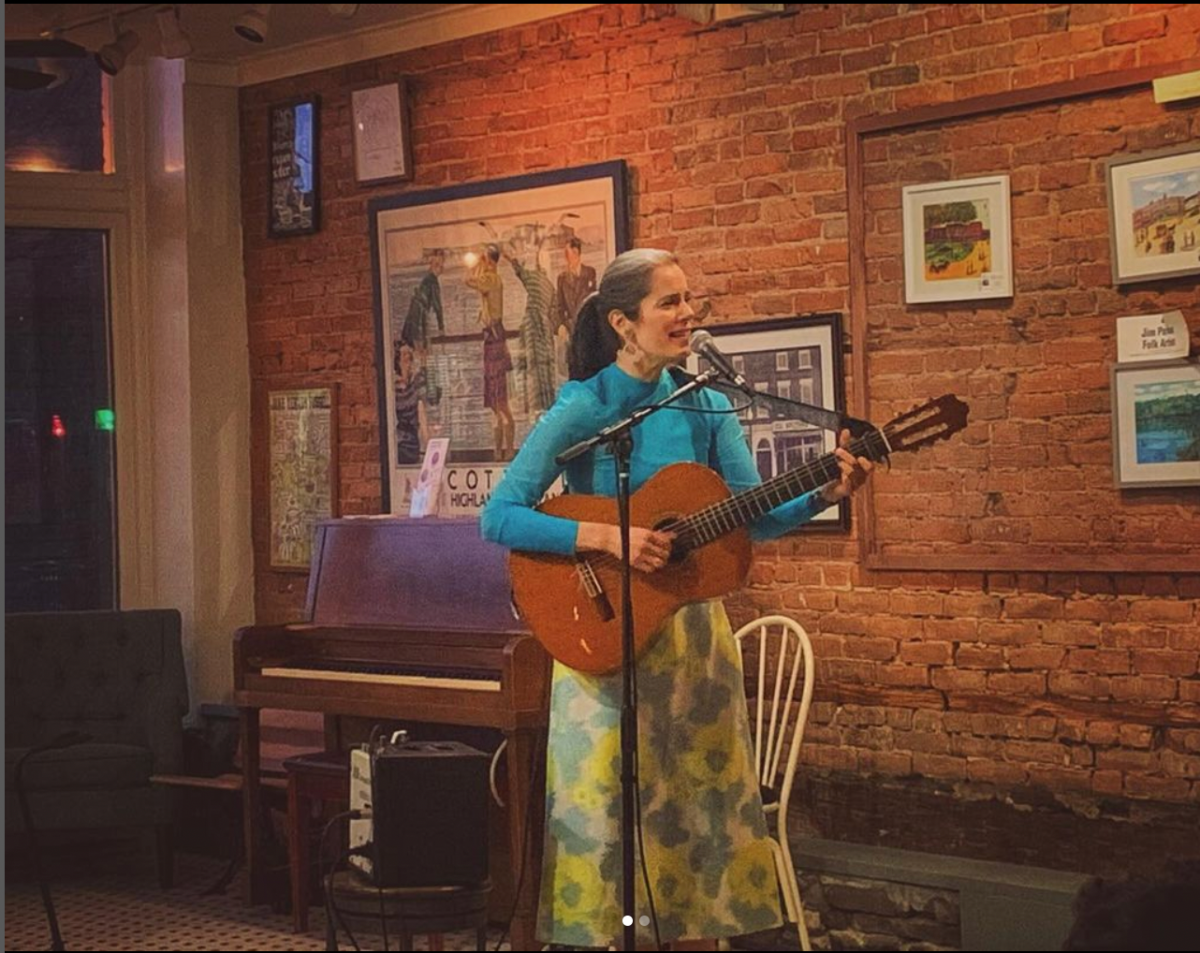The Stanley Tumbler is today’s “it” cup. But does this recently popular alternative to disposable water bottles come at its own cost to sustainability?
Thanks in part to social media, the Stanley brand’s 45-ounce “Quencher H2O Flowstate Tumbler” is the hottest new water bottle. Stanley continues to release their popular tumbler in a variety of limited-edition, fun colors, fueling consumers’ thirst for this thirst quencher. The resale market for Stanleys has also become saturated: The Stanley and Starbucks collaboration tumblers, for example, sell for more than $300 on resale sites, despite their original price point of around $50. TikTok-famous collectors amass millions of views by showing off their collections of dozens of tumblers. Meanwhile, some retail stores have had to limit the amount of Stanleys any customer can buy at one time. A woman on TikTok collected millions of views when she shared that her Stanley survived a car fire: Her car was burned to ruins, but there stood her trusty stainless steel cup with ice still inside.
Reusable products are meant to be just that: reusable. Coming at a price point of $45, the Stanley Tumbler is pricey, but a great investment. With proper care, a good stainless steel water bottle can last you years. The problem begins with the fact that buyers don’t seem to be investing in a Stanley. Instead, the goal seems to be to collect the cups and take advantage of every new color and the chance to make a fashion statement with your water bottle. The Stanley trend is simply the next product in a long line of water bottles before it: Nalgenes, Yetis and Hydro Flasks saw a similar 15 minutes of fame. If users are buying multiple reusable water bottles and only using each a few times, if at all, does that defeat the point of a reusable cup?
Admittedly, this issue might be the least of our worries in an increasingly scorching Earth riddled with large-scale climate issues. And, of course, it should be celebrated that people are continuing to embrace reusable water bottles over plastic. Stanley is, in its way, a hero in the fight against carbon dioxide emissions and plastic pollution created by disposable water bottles. Still, I can’t help but wonder if the production of more Stanley cups is just another environmental trade-off, probably producing an alarming amount of manufacturing and shipping-related emissions.
It’s troubling that something as minuscule as a bougie tumbler has become an unsustainable status symbol. This latest trend reeks of hyper-consumerism, misogyny and — how could I forget — traces of lead.
It’s also a bit mind-boggling that something like a water bottle can have implications related to gender issues, but it does. I want to be careful in critiquing the Stanley Tumbler, as many of the critiques thrown at those who own Stanleys overwhelmingly target women and girls. The company’s recent marketing tendencies subtly reveal its female target audience, and the influence of young female influencers on TikTok has played a major role in the cup’s popularity. A recent SNL sketch poked fun at the Stanley consumer base, with jokes targeted at white female stereotypes — an attempt to represent those who buy Stanleys, or as the sketch called the bottle, a “big, dumb cup.”
This all seems very ironic, considering the brand’s genesis. The Stanley company was formed in 1913 with a historically “rugged” brand personality and male consumer base, starting with a vacuum-sealed bottle that was mostly advertised to outdoorsy workmen. However, when social media influencers found the Stanley cup in the 2020s, the company saw its opportunity to market to women, especially young women, and vastly increase its customer base. According to Bloomberg, the company’s revenue jumped from $70 million to $750 million between 2019 and 2023. Stanley has dominated the market, coming out on top in the fight to be the new hot cup. There’s big money in water bottles: Vantage Market Research valued the global market in reusable water bottles at $8.3 billion in 2022 and expects it to grow to over $11 billion by 2030.
Stanley’s revitalization has consequently brought it to the forefront of fad culture and consumerism at the risk of losing sight of sustainability. Before purchasing yet another water bottle, I simply ask you to consider whether you really need another cup.
















